“They write that the stolen pieces have brought them nothing but trouble,” Osanna told Corriere Della Sera.
But after they died, the woman inherited the tile and felt it was time to do the right thing.
Ironically the letters, not the relics, could be the star of the show.
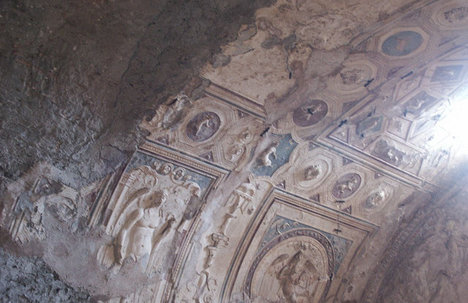
Beware the curse! A fresco inside the Forum baths at Pompeii. Photo: Steve James/Flickr
Police searched their rucksacks and found pieces of fragments from frescoes.

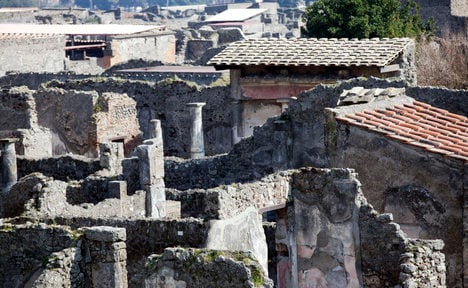
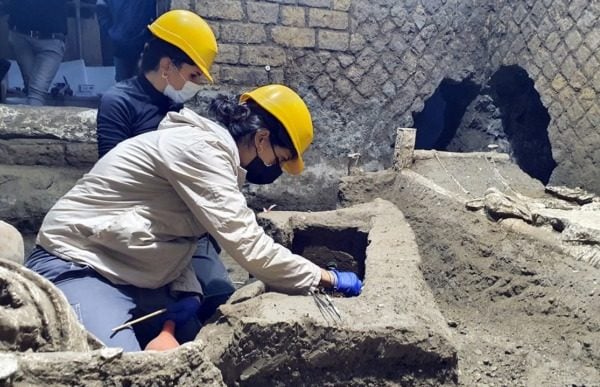
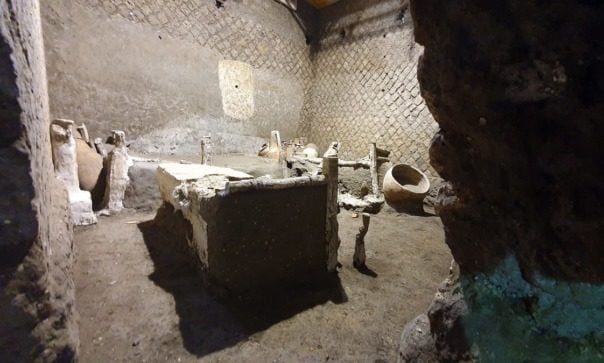
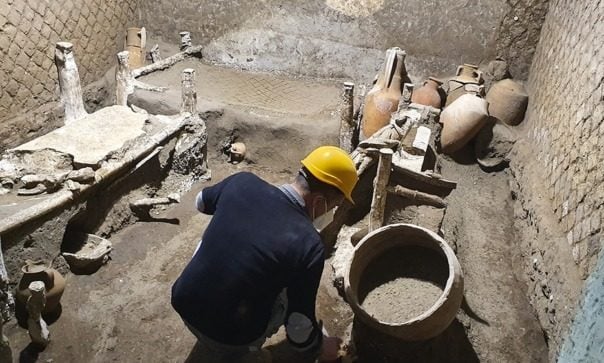

 Please whitelist us to continue reading.
Please whitelist us to continue reading.
Member comments